Table Of Content
- Brief History of the Louvre Museum in Paris France
- Origins of the Louvre: From Fortress to Royal Palace
- Louvre Museum During Renaissance
- The Louvre as a Royal Residence
- Transformation into a Public Museum
- Architectural Evolution Through the 19th and 20th Centuries
- Collections of the Louvre Museum
- Visitor Information & Ticket Options for Louvre Museum
- Tips for Visiting the Museum
- Frequently Asked Questions (FAQs)
- Conclusions
Did you know that the Louvre Museum was a fortress during its beginnings? I was very surprised when I first heard it. There is a fascinating history of the Louvre Museum in Paris France which many people don’t know.
The Louvre Museum began its journey as a fortress. Slowly, it transformed into a royal palace, and then finally, it became a museum. The Louvre features thousands of beautiful artworks. It includes the Mona Lisa and the beautiful Venus de Milo.
From its royal beginnings to its status as the world’s largest art museum, the Louvre’s journey is amazing. Join me as we are going to explore Louvre Palace history, uncover hidden treasures, and marvel at the beauty within its walls. You won’t want to miss a moment of this adventure!
Key Takeaways:
- The Louvre Museum was a fortress in 1190 and then became a royal palace.
- In 1793, the Louvre Museum officially became a public museum.
- Today, the Louvre Museum has around 500,000 artworks from many cultures and eras.
- Due to high demand, it is wise to buy tickets in advance to avoid long lines.
Brief History of the Louvre Museum in Paris France
The Louvre is located in the center of Paris, France. It is the largest and most famous art museum in the world right now. In 2023, around 8.9 million people visited the Louvre Museum. This big number of visitors made it the most visited museum in the world.
In terms of size, the Louvre Museum is 652,300 square feet. It has a large number of painting collections. The museum has a collection of over 500,000 artworks. You will see the different collections from different centuries and cultures. It is a must-see place in Paris.
Origins of the Louvre: From Fortress to Royal Palace

The origin history of the Louvre museum is interesting. Once it was a fortress and then it became a royal palace. Finally, it became a museum on 10 August 1793. Here is the Louvre Museum timeline Paris France:
The Medieval Fortress of Philip II
The Louvre Museum history begins in 1190. King Philip II of France decided to build a strong fortress on the banks of the Seine River. His purpose in the building was to protect Paris from outside attacks by Vikings and other threats.
This fortress featured stone walls, towers, and a moat. Soldiers and knights patrolled the grounds, making it a very busy place. The fortress featured a large square tower. Its name was “Tour du Louvre,” from which the modern-day name comes.
Transformation Under Charles V
In the 14th century, the Louvre area became a normal place. It lost its necessity as a military fort after some time. When King Charles V came into power, he made a plan to convert the louvre fortress into a royal palace.
According to the king’s plan, the Louvre faced a significant number of renovations and started to become a royal house in the mid-1300s. King Charles V wanted it as a symbol of the wealth and power of the French monarchy. He also started to collect art and paintings to increase his collection. The Evolution of the Louvre as a museum started.
Conversion into a Royal Residence in the 14th Century
In the late 14th century, the Louvre started its service as a house of French kings. After King Charles V, other kings of France continued to improve the Louvre. The kings are Charles VI and Louis XI. But when Francis I came to the throne, he took a big plan of renovation.
King Francis I wanted to create the Louvre Museum as the most beautiful palace in the land. According to his plan, the Louvre transformed into a grand Renaissance palace. It became a home for kings and queens.
Paris is home to some world-famous museums. Check out the List of Top museums in Paris.
Louvre Museum During Renaissance

During the Renaissance time, the Louvre stood as a symbol of the monarchy’s power and cultural influence. Here are some important points during the Renaissance:
Francis I and the Renaissance Influence
King Francis I played an important role in promoting Renaissance art and architecture in France. He liked the Italian Renaissance very much. For this, he invited many Italian artists, architects, and scholars to France.
In 1527, Francis I invited Italian designer Pierre Lescot. Pierre Lescot constructed a new wing in the palace. The designer Lescot used some elements in the construction, like symmetry, proportions, and columns. By his work, the style of architecture in France started to shift.
Henry IV’s Grand Design
When Henry IV came into power, he didn’t stop the construction started by Francis I. Henry IV was famous for his vision. He was the main man behind the Grand Palace of Louvre. The king called architect Pierre le Muet and Clément Métezeau to create the structure uniquely.
Henry IV intention was to challenge the other palaces in Europe. He created a palace that was not only for the royal family but could also serve as a cultural centre.
Louvre with the Tuileries Palace
One of the most beautiful attractions that Henry IV added to the palace is Tuileries Palace. It was on the side of the River Seine. In the 17th century, during the time of Louis XIV, the two palaces established a connection. This connection played a role in the development of today’s Tuileries Gardens.
The Louvre as a Royal Residence
The Louvre Museum is located in the heart of Paris. Many kings of France used the Louvre as their primary house. They bring Louvre architectural changes through small and big contributions. Some of them are:
Louis XIII (Reign: 1610–1643)
- The Louvre has undergone significant changes under the supervision of Louis XIII. He converted it from a fortress into a modern palace.
- He ordered the construction of the Grande Galerie.
- Architect Pierre Lescot worked under Louis XIII and ensured the palace reflected the grandeur of the monarchy.
- Louis XIII also focused on enhancing the decorative aspects of the Louvre.
Louis XIV (Reign: 1643–1715)
- Louis XIV, the “Sun King,” transformed a royal residence into an arts centre.
- He expanded the Louvre’s layout further.
- Despite these changes, Louis XIV’s shifted his eye from louvre. He wanted to build a grander royal residence: Versailles.
Architectural Developments in the 17th Century
Grand Gallery: The Grand Gallery was built in the 17th century. It is located on the bank of the river. This gallery displays an impressive collection of artwork. Day by day, it became a favourite place for visitors.
Abandonment of Palace of Versailles
Great King Louis XIV changed his mind and shifted his vision from the Louvre in the late 17th century. He didn’t want to use the Louvre as his home. He started to construct a new grand palace at Versailles. It was about 20 kilometres from Paris. This shift marked the Louvre’s decline as the royal court’s centre in the history of louvre museum.
Planning to Visit Louvre Museum? Secure Your Louvre Museum Last Minute Tickets.
Transformation into a Public Museum

The birth of the Louvre as a museum in Paris is directly connected to the French Revolution. In May 1791, the National Assembly issued a statement that the Louvre would be a monument. It would be a place for all the sciences and arts.
French Revolution and the Louvre Museum
The French Revolution is one of the most important events in Parisian art history. It is also important in the history of louvre museum. Through the French Revolution, a very big change occurred in the history of France.
The people of France started to enjoy their freedom of speech. They could express opinions about government decisions. The revolutionaries decided to open the palace for citizens. They believed that the true owners of the king’s collections of art are people.
In 1793, the Louvre officially became a public museum with around 500 paintings.
Napoleon’s Influence and Expansion
Napoleon Bonaparte became emperor of France after the French Revolution. He made a huge contribution to the Louvre art collection. Napoleon bought many paintings and objects from countries that lost the war.
His vision was to create a Louvre museum as the symbol of his empire. But, after his defeat, many looted works were returned to their countries.
Architectural Evolution Through the 19th and 20th Centuries
The 19th century was an important period of Louvre Palace history. Under Napoleon I and Napoleon III, the museum faced huge changes. They undertook various renovations and expansion projects.
- Napoleon I (Early 19th Century): Under Napoleon, the museum became more systematic. The collection became vast. Napoleon I also constructed the Denon Wing. He plays an important role in the Louvre art collection.
- Haussmann’s Renovation of Paris (Mid-19th Century): Baron Georges-Eugène Haussmann was the main man behind the modern city of Paris. He also improved the surroundings of the Louvre museum area. It includes Cour Carrée and other access points.
- Napoleon III (Mid to Late 19th Century): Under him, the Louvre expanded and became more a part of Paris. The Richelieu Wing was constructed.
The Grand Louvre Project
In the 1980s, the Louvre underwent a major change with the Grand Louvre Project. French President François Mitterrand put in his efforts to improve the museum. The main purpose was to make the museum more modern, accessible, and functional. As a result, it became one of the world’s most visited museums.
Want to know the top attractions near the Louvre Museum? Here is the List
Collections of the Louvre Museum

The collection of the Louvre Museum is very vast. It features around 500,000 artworks. You can find art, like paintings and sculptures. The collection represents ancient civilizations to the modern world. Let’s have a look at Famous artworks in the Louvre Museum:
Must see Paintings in the Louvre Museum
The louvre museum has many of the world’s most famous artworks. Some of the best tourist attractions are:
Mona Lisa: When you think of the most famous painting, the name of Mona Lisa comes to mind first. It is a masterpiece by Leonardo da Vinci. It is displayed in the Louvre Museum since 1797.
Venus de Milo: Another masterpiece sculpture in the Louvre is Venus de Milo. People call it the goddess of love and beauty.
Winged Victory of Samothrace: This ancient sculpture was found on the Greek island of Samothrace. It represents victory. It is displayed at the top of the grand staircase.
Coronation of Napoleon: A painting shows the crowning of Napoleon Bonaparte as Emperor of France. The artist of this painting is Jacques-Louis David.
Pro tip: The room of Mona Lisa painting can get packed, so try to reach early to get a better view. Book a Ticket With Direct Access to Mona Lisa.
Visitor Information & Ticket Options for Louvre Museum
Opening Hours
The Louvre Museum is open from 9 a.m. to 6 p.m. on Monday, Tuesday, Saturday, and Sunday. The museum stays open from 9:00 AM to 9:00 PM on Wednesday and Friday. It stays closed on Thursday. It is better to check before your visit.
Louvre Museum Paris Tickets (Official Website)
| Ticket Type | Price (EUR) |
| General Admission | 22 |
| Under 18 | Free |
| Under 26 EU Residents | Free |
| Disabled Visitors | Free |
Don’t Miss the Chance: The Louvre is free for all visitors on the first Friday of the month after 6 p.m.
- Entry Points: The Louvre Museum Paris France has multiple entrances, but the Pyramid Entrance is the most iconic. However, there are other entrances, like the Carrousel du Louvre and the Richelieu Passage.
- Skip-the-Line Ticket: It allows for a faster entry option. You can buy these tickets from services like GetYourGuide or ToursTravelFinder.
Last Minutes Louvre Museum Tickets Prices (Reseller)

| Ticket Type | Price (EUR) | Buying Link |
| Louvre Museum Reserved Tour Entry Ticket | €37 | Buy Now |
| Paris Louvre & Seine River Cruise & Bus Tour | €129.58 | Buy Now |
| Louvre Museum And Seine River Cruise Tour | €70.77 | Buy Now |
| Louvre and Direct to Mona Lisa with Host | $76.29 | Buy Now |
Tips for Visiting the Museum
Advance Booking
Due to high demand, louvre museum paris tickets often sell out. Try to book your ticket in advance. It is the best way to buy Louvre Museum tickets.
Use audio guides or guided tours
There are several options available for guided tours. The guide will help you make the best use of your time. Two types of guides are available: audio guides and human guides. Click to Buy Louvre Museum Ticket With Audio Guide.
Best Time to Visit Louvre Museum
November to March: The months of January and February are the most ideal time to visit louvre museum paris france. If you have no problem with the cold, visit during these times.
Use Online Ticket Platforms
Various trusted online platforms offer Last-Minute Louvre Museum tickets. You can buy tickets instantly from these websites:
- Tourstravelfinder: This site sells last-minute tickets. Click on the link for your Louvre Museum tickets.
- GetYourGuide: It is a popular site for Last-Minute Louvre Museum tickets.
Frequently Asked Questions (FAQs)
What was the original purpose of the Louvre?
The Louvre was originally built as a fortress in 1190 to protect Paris from outside attacks.
When did the Louvre become a public museum?
The Louvre opened as a public museum on August 10, 1793, during the French Revolution.
How many artworks are housed in the Louvre?
The Louvre houses over 35,000 artworks spanning from ancient civilizations to the 19th century.
What is the origin of the name ‘Louvre’?
The origin of the name “Louvre” is uncertain, with theories suggesting it derives from the Latin “lupara,” meaning wolf, or from an old French word for a fortified place.
Conclusions
The Louvre Museum is one of the most important parts of France’s history. From fortress to royal palace to museum, it witnesses the long evolution of the history of France. Its fascinating story can amaze art and culture lovers.
Today, it is one of the most beautiful and most visited art museums in the world. If you are planning to visit Paris, don’t forget to explore the Louvre Museum and its rich collection.


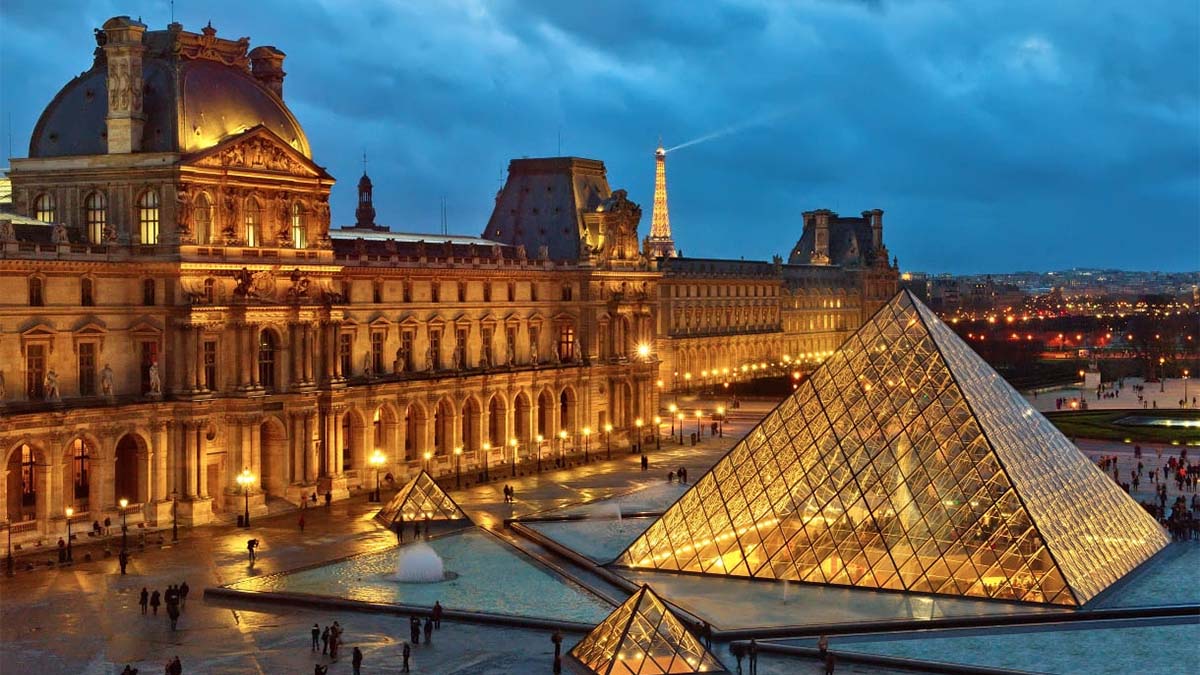
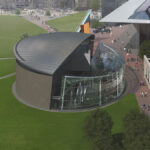
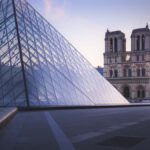
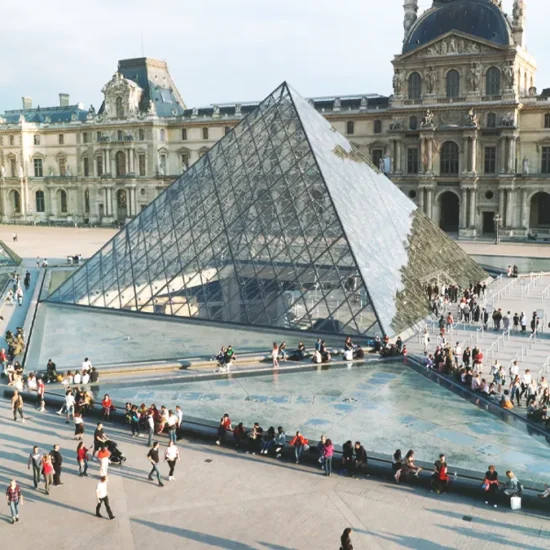
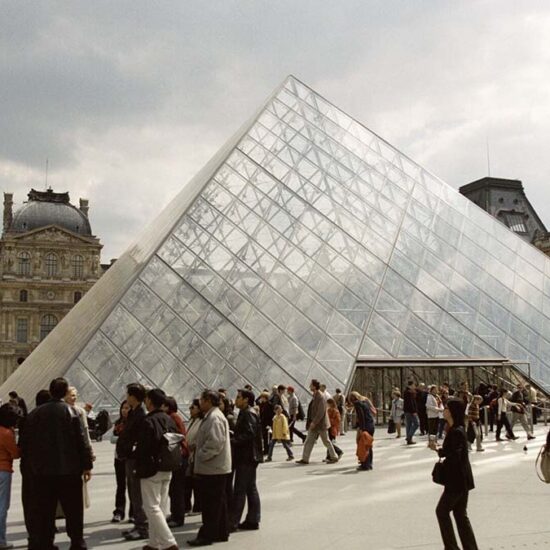
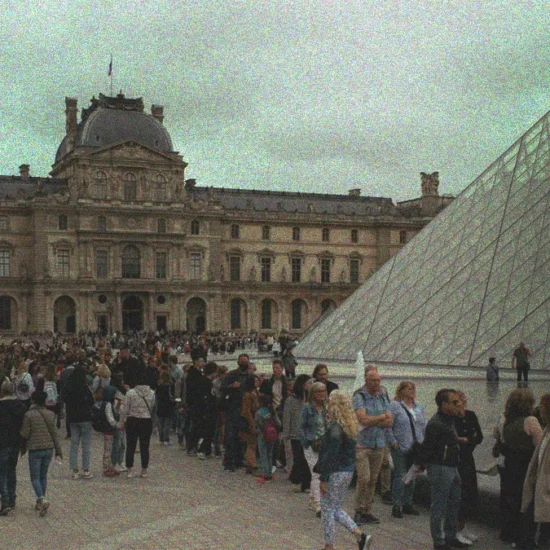
No Comment! Be the first one.